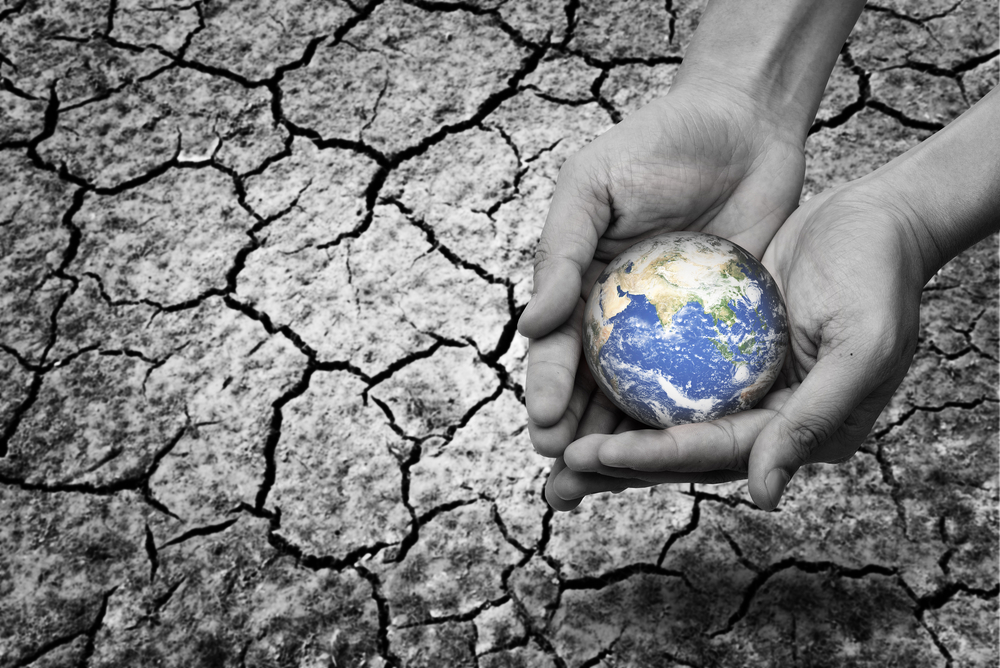A UN report on water conservation published in March 2017 reveals that due to its unique geographical position in South Asia, the Indian sub-continent will face the brunt of the water crisis and India would be worst affected. By 2025, the report predicts, nearly 3.4 billion people worldwide will be living in ‘water-scarce’ countries and that the situation will become even more dire over the next 25 years. High-quality seeds, good nutrition, and best of crop protection techniques will fail to achieve their full potential if plants are not optimally watered. India accounts for about 10.5% of the world’s arable land and 17% of the world population but only 4% of the world fresh water is available in India. Due to the absence of an integrated water resource management system and climate change India faces a persistent water shortage.
As per the international norms, a country is classified as water-stressed and water-scarce if per capita water availability goes below 1700 m3 and 1000m3, respectively. With 1544 m3 per capita water availability, India is already a water-stressed country and is moving towards turning into a water-scarce.
India has about 161 million ha of arable land. About 42% of the country’s cultivable land lies in drought-prone areas/districts. The population of India is likely to be 1.6 billion by 2050, resulting in increased demand for water, food, and energy. This calls for infrastructure expansion and improved resource utilization.
Agriculture is the biggest cause of the use and misuse of water. If we really want to correct the situation we need to address the irrigation first because this one sector alone consumes more than 80% of water. Here comes the role of water-efficient irrigation methods. The challenge is to educate farmers about the judicious use of water and equip them with micro-irrigation systems and do it in a sustainable manner. The government of India along with various state governments trying it hard to increase the adoption of micro-irrigation.
The study of NMMI was conducted by Global Agri. System and their Impact Evaluation Study report (June 2014) brings-forth that the benefits have accrued on the adoption of Micro Irrigation are Saving of irrigation water from 20 to 48%, Energy-saving from 10 to 17%, Saving of labour cost from 30 to 40%, Saving of fertilizers from 11 to 19%, Increase in crop production from 20 to 38%. If water use efficiency does not improve, the country could suffer under water scarcity in the next 1 to 2 decades. The water situation in India needs to be looked at more holistic manner Apart from pushing the adoption of micro-irrigation we must also review the current trend of producing water-intensive crops, such as sugarcane and rice in water-scarce areas.


 Agriculture is the biggest cause of the use and misuse of water. If we really want to correct the situation we need to address the irrigation first because this one sector alone consumes more than 80% of water. Here comes the role of water-efficient irrigation methods. The challenge is to educate farmers about the judicious use of water and equip them with micro-irrigation systems and do it in a sustainable manner. The government of India along with various state governments trying it hard to increase the adoption of micro-irrigation.
Agriculture is the biggest cause of the use and misuse of water. If we really want to correct the situation we need to address the irrigation first because this one sector alone consumes more than 80% of water. Here comes the role of water-efficient irrigation methods. The challenge is to educate farmers about the judicious use of water and equip them with micro-irrigation systems and do it in a sustainable manner. The government of India along with various state governments trying it hard to increase the adoption of micro-irrigation.
